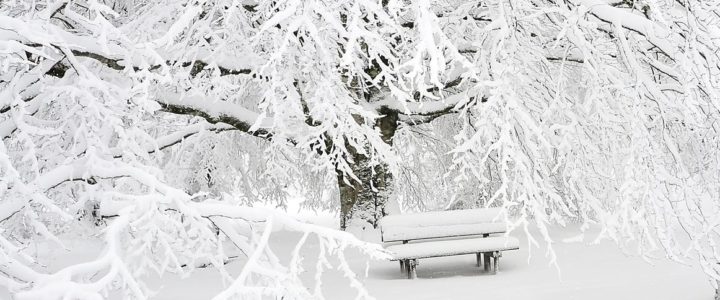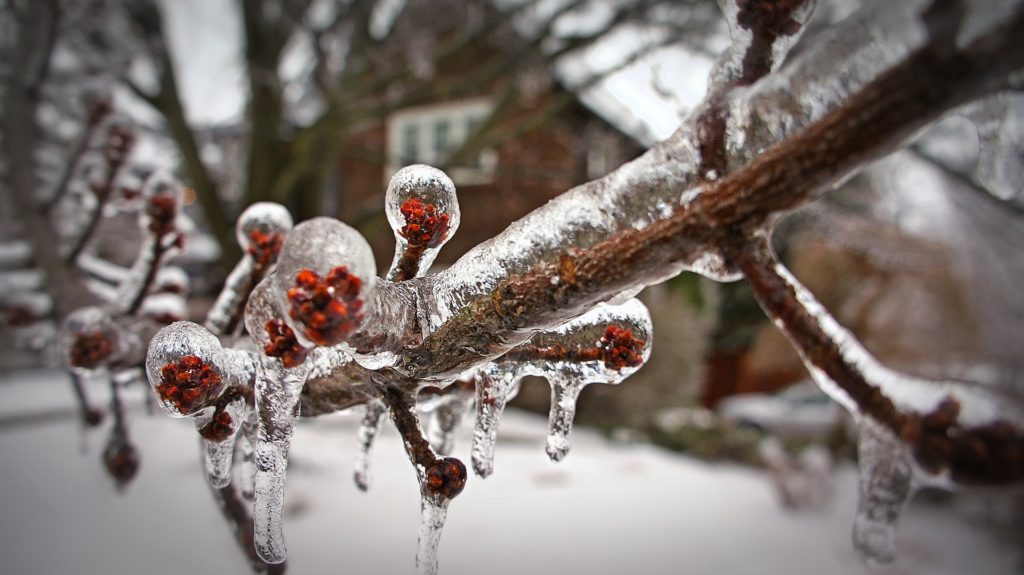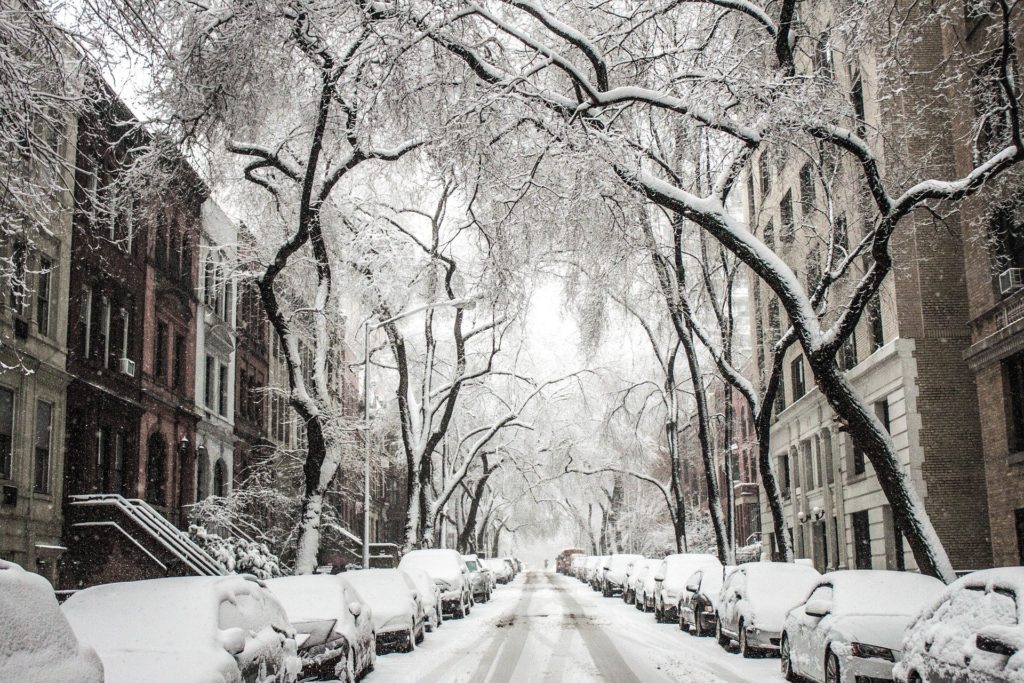
Why is the United States currently experiencing record low temperatures during global warming? Although decreasing temperatures and global warming seemingly contradict one another, this trend makes sense.
First, a warming atmosphere can hold more moisture (i.e. the Clausius-Clapeyron relation), so when storms occur there should be more rain and snow as there is more moisture in the air. In other words, human-caused global warming causes more extreme weather events like storms to occur, which can lead to more frequent and intense snowstorms. In a study published in Scientific Reports, it was found from climate model simulations that if historical trends continue then today’s precipitation events are likely to nearly double in occurrence for each degree of subsequent global warming.

Second, the severe cold spell in the United States is caused by the polar vortex: a large low pressure area and cold air that is located in polar regions. Under normal conditions, the circular flow of air keeps the cold weather concentrated in a specific area, but the National Oceanic and Atmospheric Association found that in today’s warming conditions the Arctic is heating up twice as fast as the rest of Earth. As the Earth warms, less snow cover and sea ice exist, which thereby changes the pressure and temperature gradients of regions of the polar vortex. During the winter the polar vortex frequently becomes less stable and expands, sending cold Arctic air southward over the United States with the jet stream. It is important to note that polar vortexes do not happen each year, which is why years like 2020 were milder. 2020 was in fact one of the warmest winters on record being 4 degrees above normal. When polar vortexes do occur, they do not necessarily last the whole duration of the winter season. This is why warmer winters and an increase in the occurrence of extreme winter weather happen simultaneously.
Both the Clausius-Clapeyron relation and the polar vortex help explain the 2021 winter snowstorms in the United States. In the Northeast, snowstorms are declining in the early and late winter because of warmer temperatures, but there is an increase in heavy snowstorms in mid-winter. The National Weather Service reported that just last week on February 17, 2021, 71.3% of the United States was covered with snow, which is up from 31.2% from January. The climate model NOHRSC has databases from 2003, and from these records we can see that the United States has received the largest snowfall since 2003. For perspective, data from 2009 found that in comparison to the 12 year mean, the Northwest of the United States is receiving 20+ inches of snow more than what is considered normal for this part of the year; the middle of the United States has between 1 and 10+ more inches than they have had. For states like Texas, 5+ more inches of snow than what is deemed normal can drastically impact how people live their everyday lives. From power outages and blackouts that left more than 4 million people in the dark and cold, and without clean water supplies in parts of Texas, Texans’ way of life from this present snow storm was drastically altered. Many fled their freezing homes and slept in cars or hotels and burned belongings for warmth. The United States is currently in the midst of arctic disruption, but at the same time Europe and East Asia are also affected. For instance, Scotland has experienced the coldest weather in 25 years.

The frequency of extreme events currently occurring in the United States is an important reminder that if we do not reduce the amount of emissions of greenhouse gasses, then certain regions may transition into new climate zones. This has already happened in some regions like New York. New York was previously classified as a humid continental climate, but it is now a humid subtropical climate. With the global temperature still rising yearly, the United States should expect a lot of variability, such as more temperature swings, heavy precipitation events, and persistent weather conditions. Will these severe weather events in the United States change in the next 10 years? Well, the fate of the United States and the rest of Earth are in our hands. Let’s act sustainably before it is too late!

